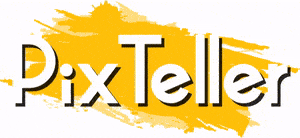7 Ideas on What to Shoot if You're New to Photography
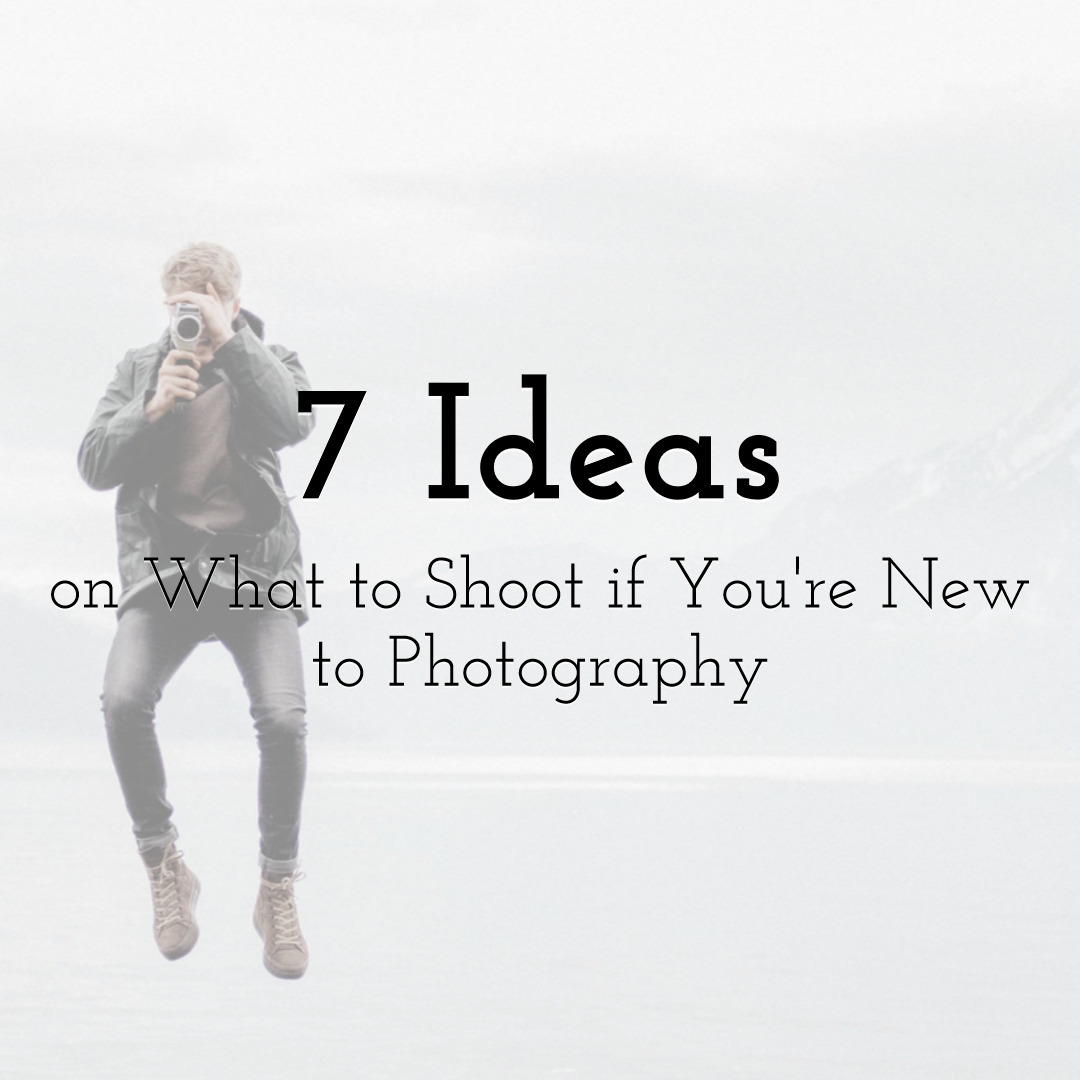 Customize your photos with PixTeller
photo editor
Customize your photos with PixTeller
photo editor
When you just begin your journey with photography, it's tough to know right away what it is you want to shoot. If you are stuck with finding a subject for your photo experiments, this article is for you. It lists seven easy ideas on what to shoot if you are a beginner photographer that will help you develop your artistic style and become more confident with your photography skills.
It might seem hard at first, but every famous and successful photographer started somewhere and faced similar problems to the ones you do now. If you like photography, keep practicing, and one day you will be able to monetize your hobby. For example, if your images meet all the basics with quality requirements and have a commercial appeal, you can upload them to some stock photography website and easily start earning as a freelance photographer.
-
1. Portraits with negative space
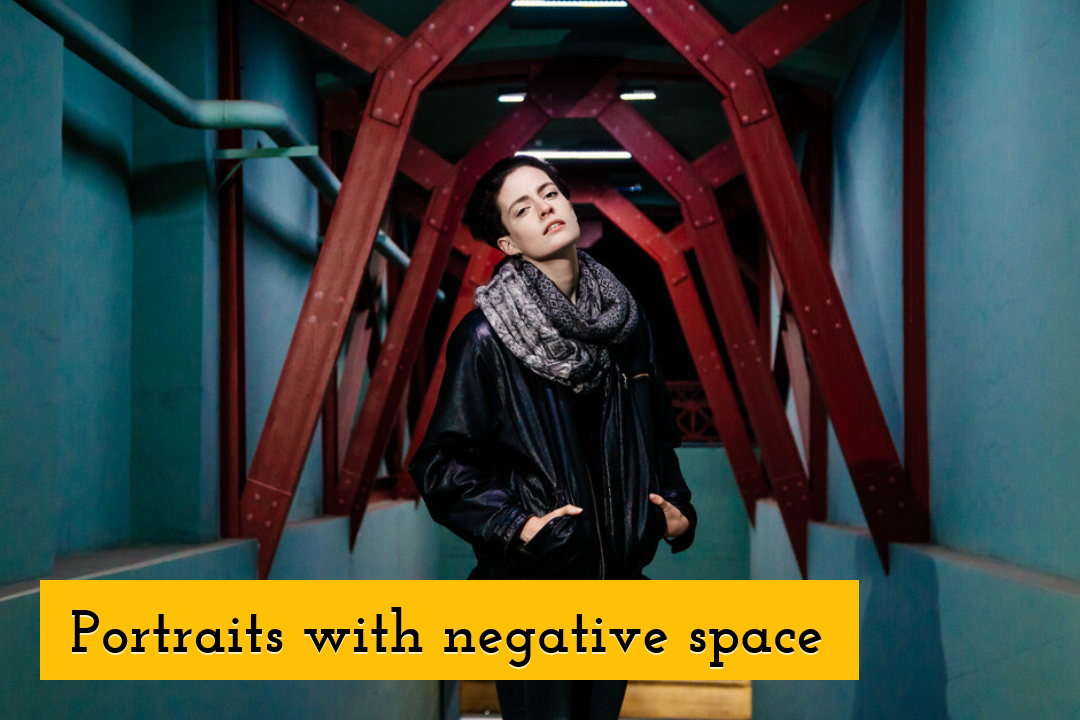
If you have no idea what to shoot, you can start experimenting with portraits of your family and friends. When your chosen subject is the focus of your shot, empty space around it is extremely important. This empty space is called negative space, and it is a powerful technique for the portraiture genre. You can make your subjects additionally stand out with some space and create a dramatic look in images where the primary focus is a person.
Many amateur photographers make the same mistake of leaving very little negative space in their portrait shots, which makes images look not so balanced and too conventional. To avoid this, make sure you experiment with your compositions, take shots from different angles, and leave some negative space to let your pictures "breathe".
-
2. Home and kitchen still life
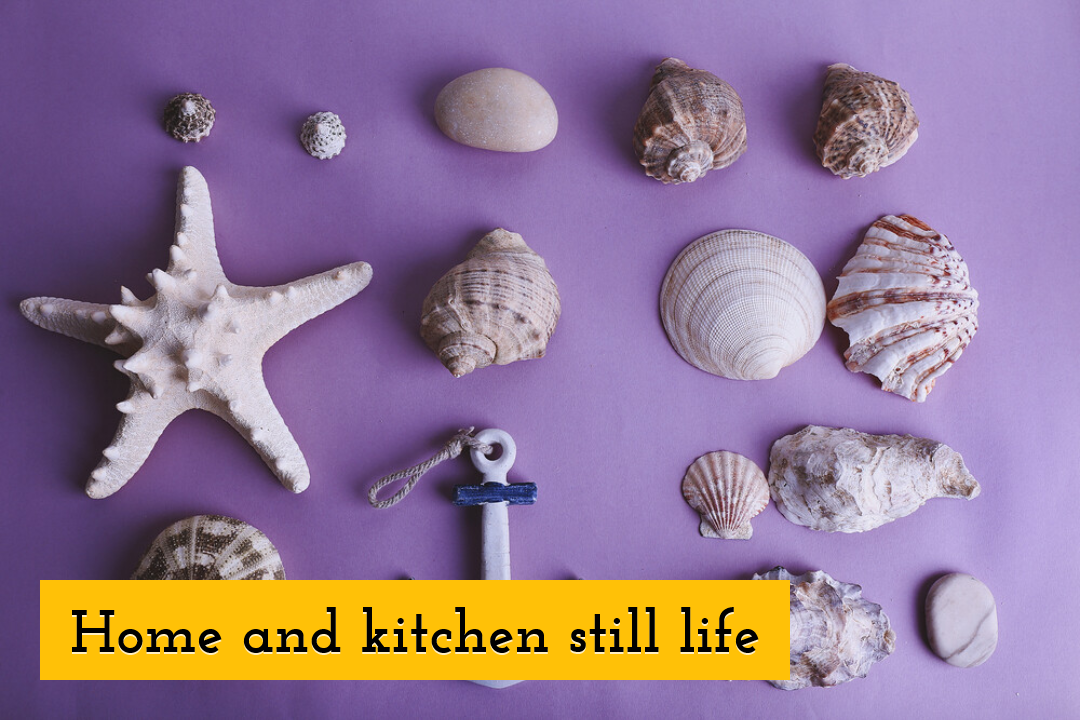
Your house has almost infinite subjects, objects, and ideas for your experiments with photography. It's the perfect place to find things and create still life compositions with them. You don't need any advanced photography skills to take an interesting shot since it mostly depends on your imagination.
You can find many souvenirs, postcards, and small objects in your living room that will help you find inspiration for your still life shots. You can even start with an open book and some flowers laid on it - a very typical image, but a good subject to practice on. Your kitchen has even more ideas for still life photography since there are many food ingredients with interesting structures that can be organized in some sort of collages.
-
3. Nature and architecture

A good way to learn a lot about photography is by going for a walk to shoot things that surround and inspire you. Nature and architecture are awesome things to shoot since they offer limitless subjects and objects for your pictures. They also can teach you about one important aspect of photography, which is leading lines.
Leading lines are any lines on your shots that lead the eye of a viewer to your subject or any part of an image you want to draw attention to. Many things can be leading lines, and they don't have to be straight (like a road, a bridge, or even a plane trail like on a picture above). Spiral leading lines work just as fine - for example, round staircases or a riverbank can become a good leading line. Go for a walk with your camera and pay attention to nature and architecture surrounding you. You might find intriguing lines both in a forest or an urban environment.
-
4. Urban geometry
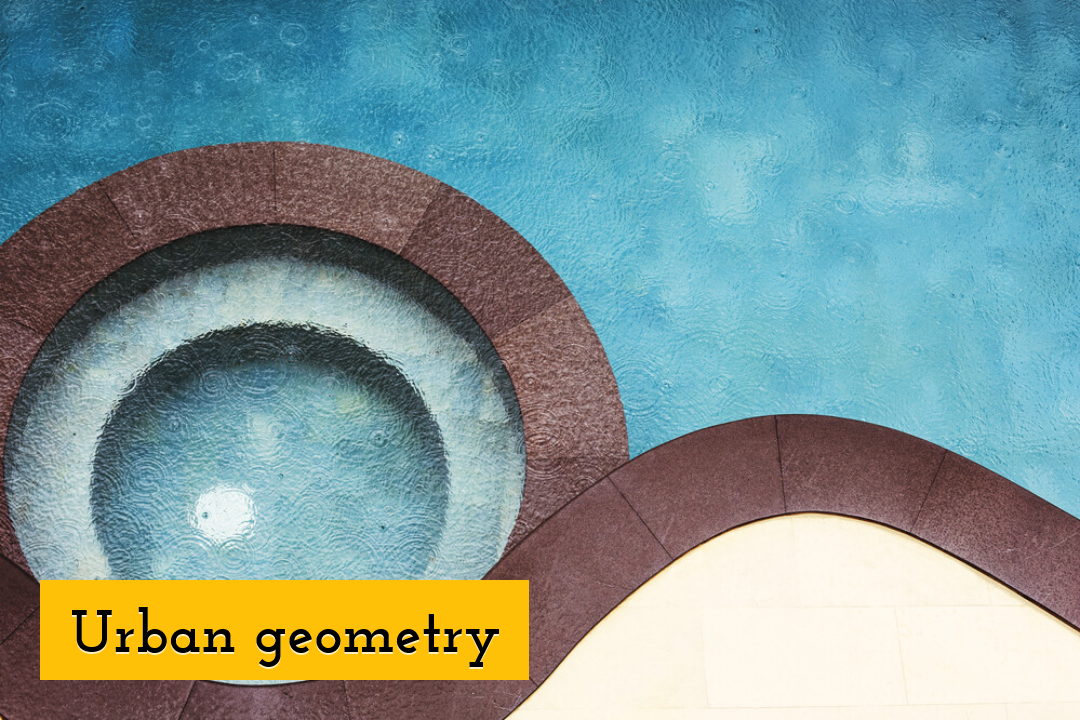
Any urban area has all amazing patterns, shapes, and objects to shoot. This is related to architecture in general, but this idea is offering you to focus on small details of a city or a town. You can shoot amazing minimalistic photos if you pay your attention to everyday objects as you walk the streets and search for geometrical shapes. They look amazing on images - just take a look at the example above.
Since there isn't much going on in such shots and you capture a small detail like a pattern on a wall, an interesting shape, or a road sign, any mistake in composition might make your images unbalanced. You need to pay attention to your composition first and foremost.
Use the rule of thirds - simply imagine lines that separate your shot into nine segments and place your subjects in the intersections to make them stand out. If you shoot with your smartphone, you can turn the gridlines on in your settings that will do the trick for you.
-
5. Optical illusions with mirrors
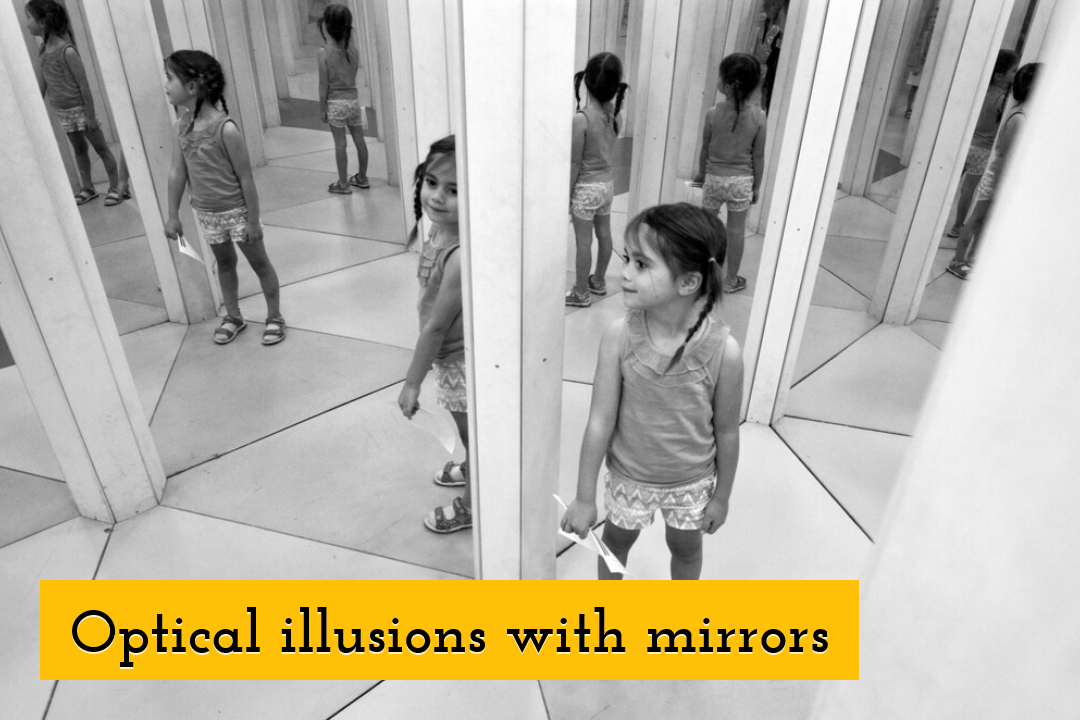
It's all good and stuff, but what if you want to do something unconventional at the very beginning of your experiments with photography? Well, you can experiment with some optical illusions. We all know these illusions with "holding" buildings, sun, or other people on a palm, but it's old and boring. If you want something relatively refreshing, try experimenting with mirrors.
Mirrors are a perfect instrument for creating optical illusions. You can start by taking 3 or more medium-sized mirrors and placing a person in between them. That will create a maze of reflections and add a whimsy touch to your shots if you add new elements like plants or small objects. People are fascinated with illusions, and such shots will help you make sure your viewers take a longer, more attentive look at your pictures.
-
6. Light trails with long exposure
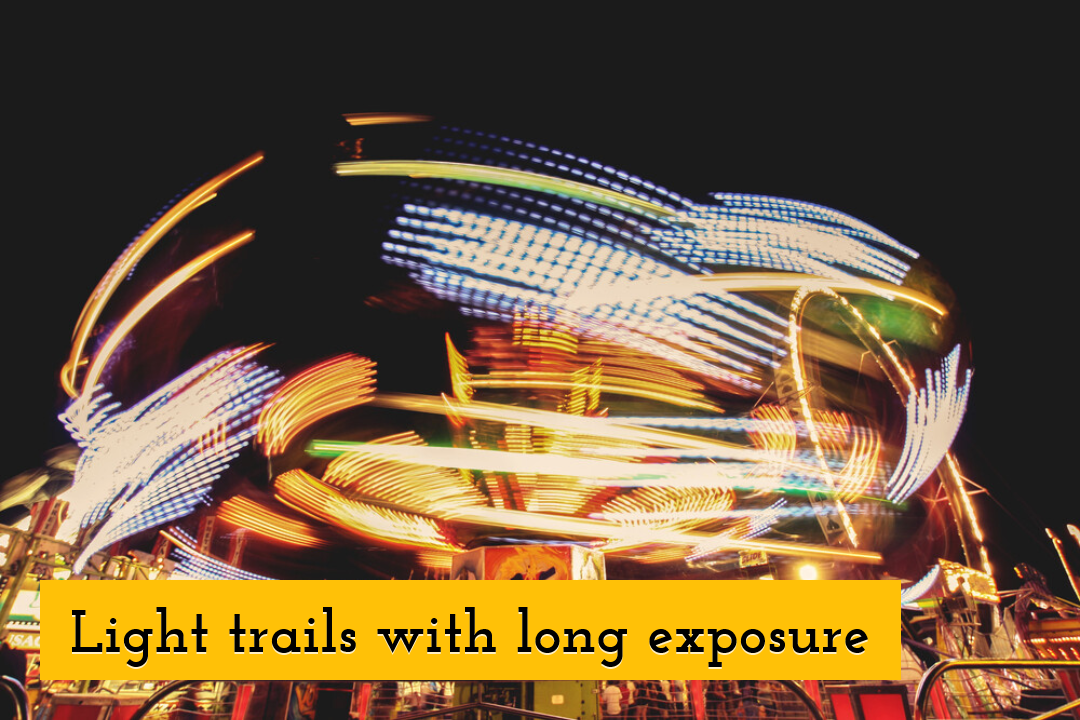
Long-exposure night photography is a more advanced technique to experiment with. Its trick lies in setting a very long shutter speed, which works especially well with night photography in cities full of light. With a long exposure, you will get awesome shots that will show you places and objects in a new, unique way.
An easy way to try this out is to set your shutter speed for several seconds and take a picture of a road with cars at night. That will create light trails on your shot and make it stunning. You should keep in mind that with high shutter speed, you need to keep your gear as steady as possible. Even the slightest change in the position of your camera might ruin a long-exposure shot, so you better use a tripod.
-
7. Bonus: Bokeh for backgrounds
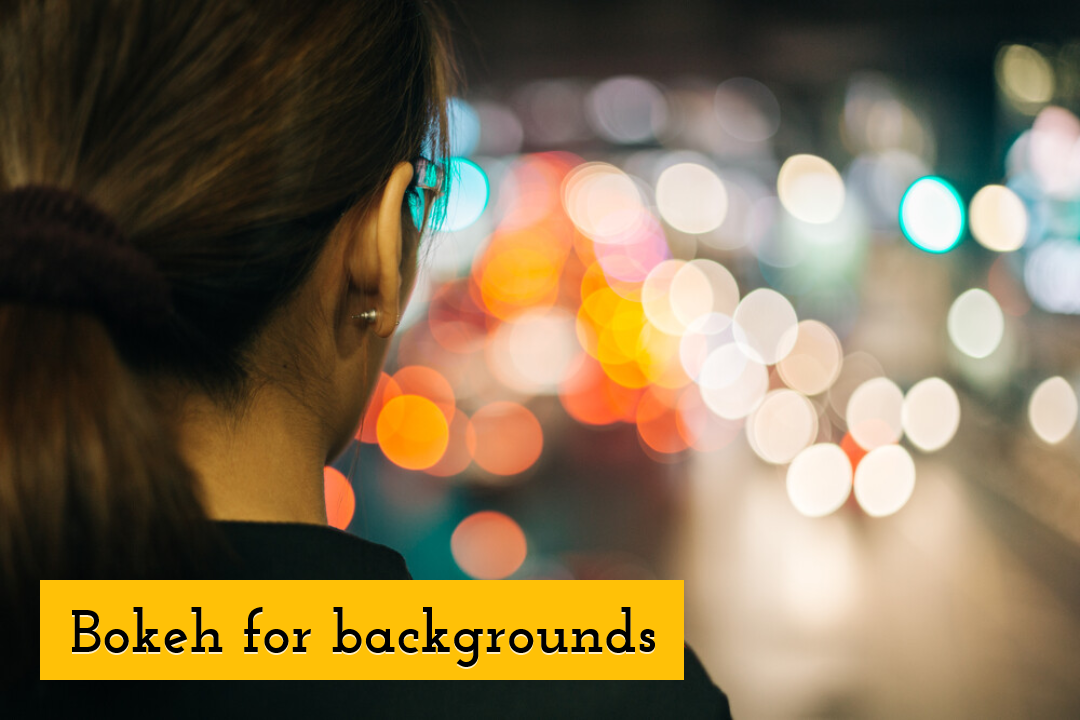
Bokeh is a blurry part of your images that is out of focus. This visual effect is often used in photography since it adds an interesting visual aesthetics to shots. Bokeh might seem hard to achieve, but it's actually easier than you might think.
You can experiment with bokeh without leaving your house! Place some decoration LED-lights as your background and focus on your subject in close-up. You need to make sure the lights are far enough to catch bokeh bubbles. Or you can shine a lamp light on scrunched kitchen foil to create a magical bokeh touch in your images. Many photographers also shoot in front of far-away street lights and place their subjects close to add bokeh to their pictures.
An afterthought
A famous American inventor Thomas Edison once said that genius is one percent inspiration and ninety-nine percent perspiration, and the quote became a widely-used idiom. You can't achieve great results without putting a lot of effort into it.
Even if it seems hopeless at first, with time, you will see how you've grown and improved as a photographer. Try practicing as much as you can with the things you have at hand and revisit your older images after some time. This will help you see your creative path and analyze your progress.
Until next time, Be creative! - Pix'sTory made by Stanislav Kirilov
Recommended posts
-
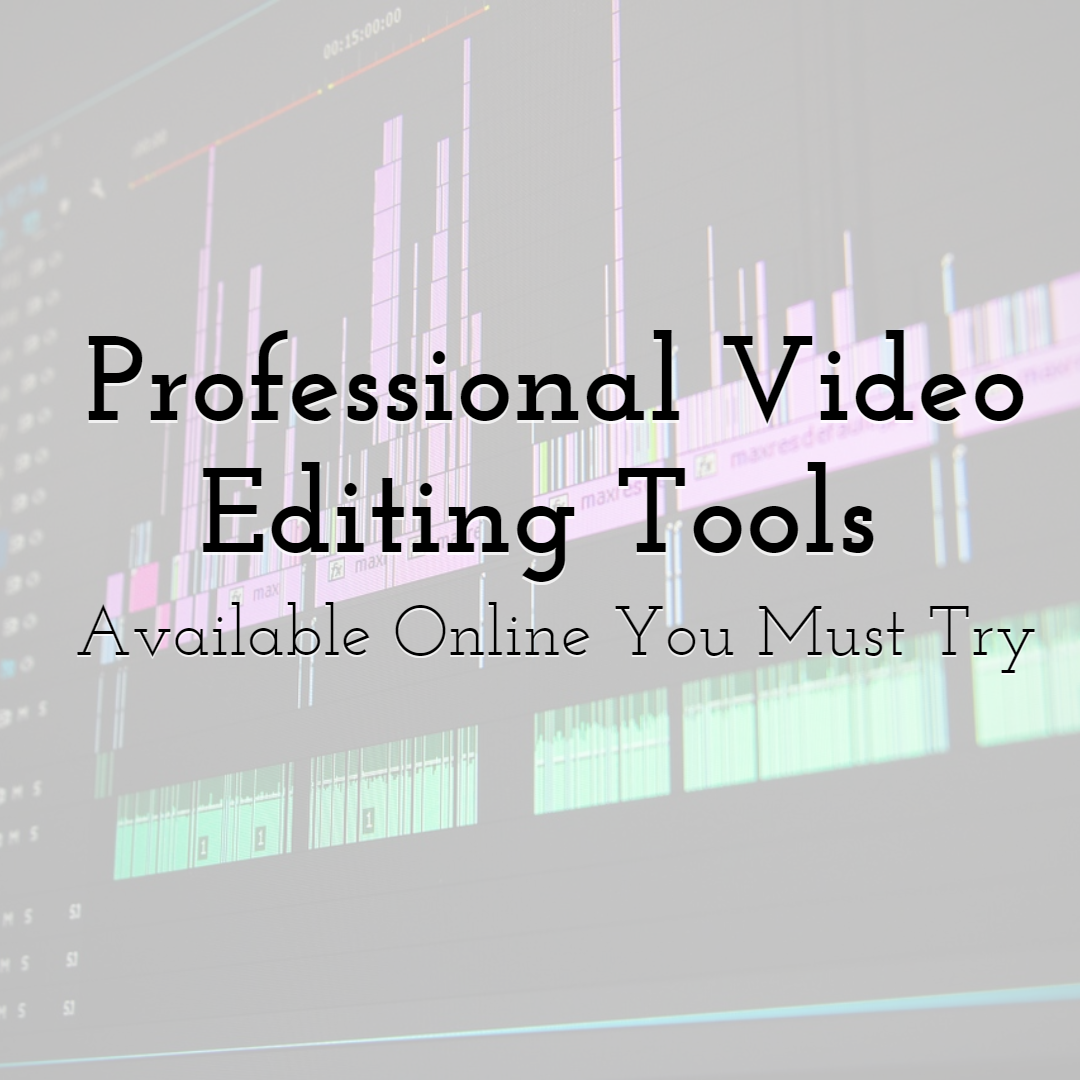
10 Best Free Professional Video Editing Tools Available Online You Must T...
Read More › -

Common Design and Writing Mistakes to Avoid on Your Website
Read More › -

How to Improve User Experience and Get More Conversions
Read More › -

How to Make Your Social Media Posts Stand Out?
Read More › -

5 Best Practices for Drafting Perfect Newsletter Design
Read More › -

Starting a Career in Designing? Use These Hacks to be a Professional
Read More ›
